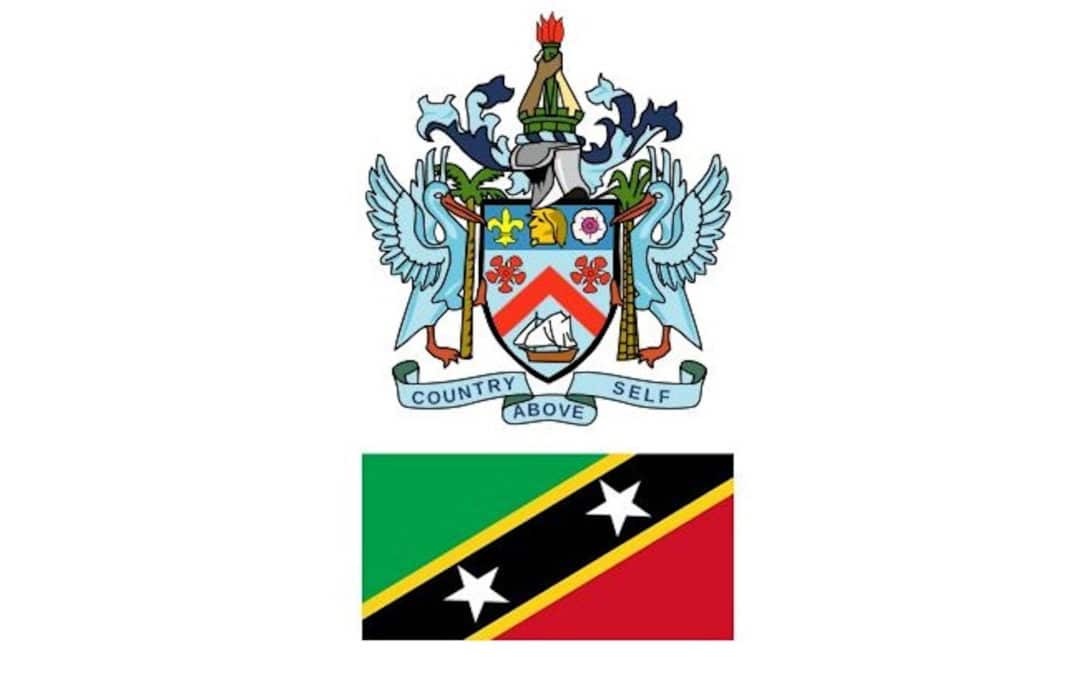The Covid-19 pandemic and its unprecedented disruption to the world economy has become the dominant theme as 2020 has progressed, explains Stephen Gordon, Managing Director of Clarksons Research.
Covid-19: Deepening economic impact
With economists now expecting global economic GDP to decline by more than 3% across 2020 (the start year forecast was +3%), at Clarksons Research we now estimate this will produce a decline of over 5% in global seaborne trade, the sharpest decline for over 35 years. Even for an industry with a long track record of dealing with disruption, the scale and nature of the impact is unprecedented. The shipping impact has not been completely even however: charter rates in the tanker market have been exceptionally strong due to floating storage demand, the bulk carrier market has been weak with rates down 50% y-o-y in May, and the container market is facing increasingly weak trade volumes (the sharpest decline in teu volumes ever recorded is now projected (-10%) and 11% of fleet capacity is now idle). There are even greater challenges in the cruise, ferry, offshore and car carrier sectors. Regional variations have also developed: our analysis of port callings shows that Chinese activity recovered above 2019 levels by the start of April as efforts to re-start the economy gained traction, but that shipping activity in the US and Europe is still trending 15% down. More details are available in our Covid-19: Shipping Impact Assessments but on balance the shipping markets are set for a very ‘bumpy ride’.
Repair activity slowing
After a relatively positive 2019, and even though some yards are still protected by forward orderbooks, ship repair volumes are generally trending downwards, influenced by a mix of both operational and economic factors. We estimate an up to 10% decline in ship repair activity ytd (see chart 2). There are regional variations the 600 repair yards on our database operate. In some yards the key focus is still on Covid-19 operational challenges, including worker disruption, quarantine measures for crew/inspectors and supply chain disruption. In other yards, broader economic impacts are now more relevant in creating pressures on activity, including the slowing scrubber program, stalled cruise market and weak offshore market. For example, after a ten year high in repair activity in 2019 and initial Covid-19 labour shortages, the slow-down in scrubber retrofit activity is now having the greatest impact at Chinese yards.
The operational disruption, both from a yard productivity perspective and challenges around crew and inspection, has also meant that special survey deferrals of 3-6 months have become an increasing feature. These deferrals may also lead to above average activity from Q4 of 2020, and hopefully a busy end to the year for some repair yards. There are also examples of owners bringing forward special surveys on bulk carrier vessels while freight rates are low and generating yard requirements, albeit it at competitive pricing. There have also been increased examples of using technology and/or local inspection staff to manage projects. Survey deferrals have also led to some delays in Ballast Water Treatment System installations, although we still estimate long term requirements for over 21,000 vessels.
Read more in the latest issue of DryDock

